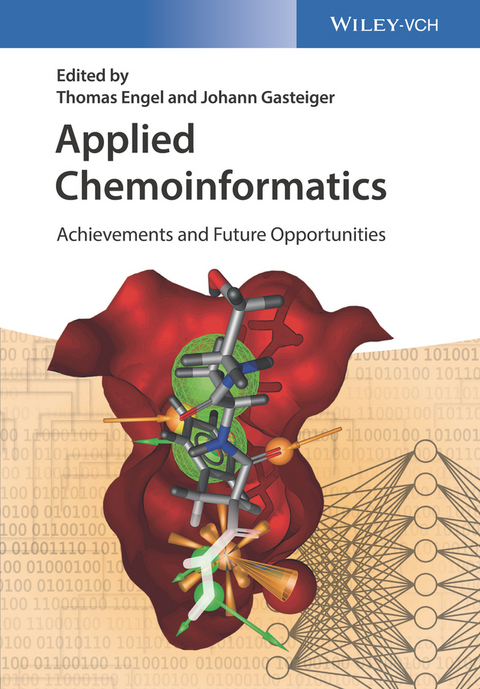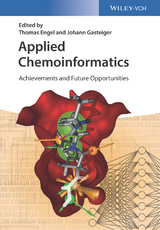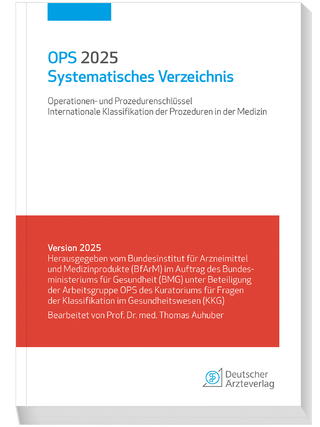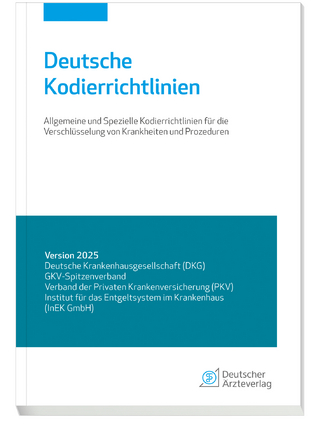Applied Chemoinformatics
Edited by world-famous pioneers in chemoinformatics, this is a clearly structured and applications-oriented approach to the topic, providing up-to-date and focused information on the wide range of applications in this exciting field.
The authors explain methods and software tools, such that the reader will not only learn the basics but also how to use the different software packages available.
Experts describe applications in such different fields as structure-spectra correlations, virtual screening, prediction of active sites, library design, the prediction of the properties of chemicals, the development of new cosmetics products, quality control in food, the design of new materials with improved properties, toxicity modeling, assessment of the risk of chemicals, and the control of chemical processes.
The book is aimed at advanced students as well as lectures but also at scientists that want to learn how chemoinformatics could assist them in solving their daily scientific tasks.
Together with the corresponding textbook Chemoinformatics - Basic Concepts and Methods on the fundamentals of chemoinformatics readers will have a comprehensive overview of the field.
Johann Gasteiger is Professor emeritus of Chemistry at the University of Erlangen-Nuremberg, Germany and the co-founder of Computer-Chemie-Centrum. He has received numerous awards and is a member of several societies and editorial boards. His research interests are in the development of software for drug design, simulation of chemical reactions, organic synthesis design, simulation of spectra, and chemical information processing by neural networks and genetic algorithms.
Thomas Engel is coordinator at the Department of Chemistry and Biochemistry of the Ludwig-Maximilians-Universität in Munich, Germany. He received his academic degrees at the University of Würzburg. Since 2001 he is lecturer at various universities promoting and establishing courses in scientific computing. He is also a member of the Chemistry-Information-Computer section (CIC) of the GDCh and the Molecular Graphics and Modeling Society (German section).
Foreword
Introduction
QSAR
Prediction of Physicochemical Properties
Chemical Reactions
Structure-Spectra Correlations and CASE
Drug Discovery
Computational Approaches in Agricultural Research
Chemoinformatics in Modern Regulatory Science
Chemoinformatics/Chemometrics in Analytical Chemistry
Chemoinformatics in Food Chemistry
Computational Approaches in Cosmetics Products Discovery
Chemoinformatics in Material Science
Process Control and Soft Sensors
Future Perspectives
| Erscheinungsdatum | 18.04.2018 |
|---|---|
| Sprache | englisch |
| Maße | 170 x 244 mm |
| Gewicht | 1242 g |
| Einbandart | kartoniert |
| Themenwelt | Informatik ► Weitere Themen ► Bioinformatik |
| Naturwissenschaften ► Chemie ► Analytische Chemie | |
| Naturwissenschaften ► Chemie ► Physikalische Chemie | |
| Naturwissenschaften ► Chemie ► Technische Chemie | |
| Schlagworte | Analytical Chemistry • Analytische Chemie • Bioinformatics & Computational Biology • Bioinformatics & Computational Biology • Bioinformatik • Bioinformatik u. Computersimulationen in der Biowi • Bioinformatik u. Computersimulationen in der Biowissenschaften • Biowissenschaften • Chemical Informatics • Chemie • Cheminformatik • Chemistry • Chemoinformatik • Computational Chemistry & Molecular Modeling • Computational Chemistry & Molecular Modeling • Computational Chemistry u. Molecular Modeling • Industrial Chemistry • Life Sciences • Pharmaceutical & Medicinal Chemistry • Pharmaceutical & Medicinal Chemistry • Pharmazeutische u. Medizinische Chemie • Technische u. Industrielle Chemie |
| ISBN-10 | 3-527-34201-X / 352734201X |
| ISBN-13 | 978-3-527-34201-3 / 9783527342013 |
| Zustand | Neuware |
| Informationen gemäß Produktsicherheitsverordnung (GPSR) | |
| Haben Sie eine Frage zum Produkt? |
aus dem Bereich




